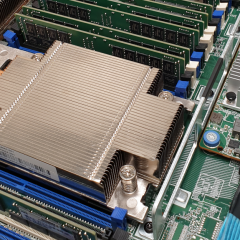BT Business Hub 3 – And Cisco ASA 5500
KB ID 0000762 Problem Warning: If your ASA is running version 8.3(4) or above you are going to have problems assigning public IP addresses from your allocated BT Range (jump to the bottom of the article for a resolution). You have a pool of public IP addresses and you wish to allocate one of these IP addresses to your Cisco ASA Firewall. Note: This is for customers using BOTH ADSL and BT Infinity Solution For this procedure I was...
Server 2008 R2 – Inbound traffic Blocked – Outbound Traffic works?
KB ID 0000397 Problem My colleague had this problem this week, and it involved a call to Microsoft to resolve. Basically the client had some comms problems, so ran Windows updates, post update the server (which was the main domain controller and DHCP server for the network) could not be seen by any clients on the network. The server itself however could quite happily see everything else. Solution The problem is due to the Windows...
Cannot Sync HTC HD2 with Windows Mobile Device Center
KB ID 0000232 Problem This is what you are seeing This is what you want to see Solution This one had me stumped for a while, 1. On the phone go to settings, locate “Other”. 2. Select the USB to PC Option. 3. Select ActiveSync, and untick “enable faster data syncronisation” > OK. 4. Now when you reconnect the phone, the drivers will install, and you can sync. Related Articles, References, Credits, or...
Exchange PST Import Error – ‘Couldn’t connect to the target mailbox’
KB ID 0000801 Problem I was trying to import some PST files into SBS 2011, and got the following error; Couldn’t connect to the target mailbox Solution Before you proceed, make sure the user you are logged in as, and are attempting to perform the New-MainboxImportRequest command has been granted the rights to carry out mailbox imports, read the following article; Exchange 2010 (Post SP1) Bulk Importing Mail From pst Files Note:...




